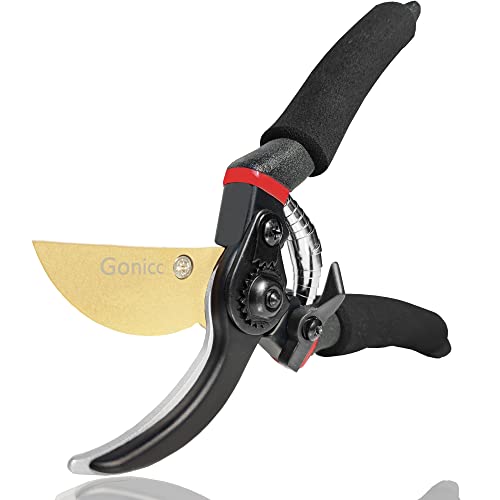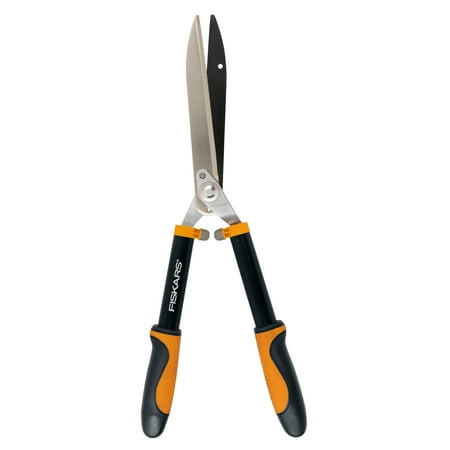Should I cut back asters in the fall or wait until spring? The choice is yours, and here’s how to decide
Which side are you on when it comes to cutting back asters? Our guide will help you to pick
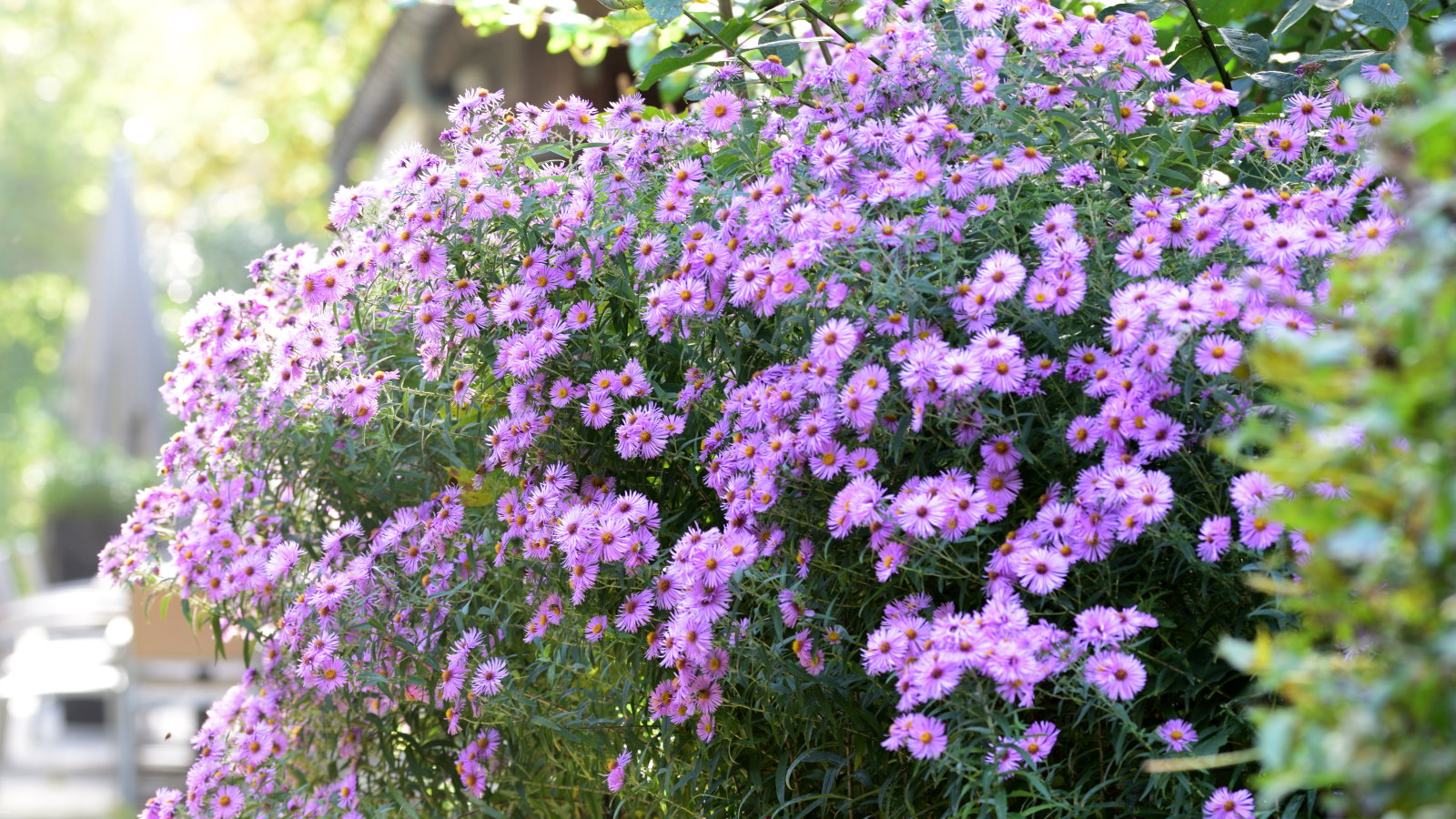

To cut back asters in the fall or wait for spring - that is the question. Gardeners often prefer one method to the other when it comes to when to cut back asters. If you are yet to commit fully to one stance or are new to growing asters and looking for guidance, we are here to help you decide.
Asters are one of the best perennials for providing blooms in late summer and early fall. Their daisy-like flowers are adored by gardeners and pollinators alike and there is a wide selection of native North American plants or European aster varieties to choose from for any backyard ideas.
After a stunning display, asters naturally die back for winter. There are potential benefits to both timings for cutting back asters. When you wonder if you should cut back asters in the fall, our guide gives a clear picture of the options available and why you may favor either method.
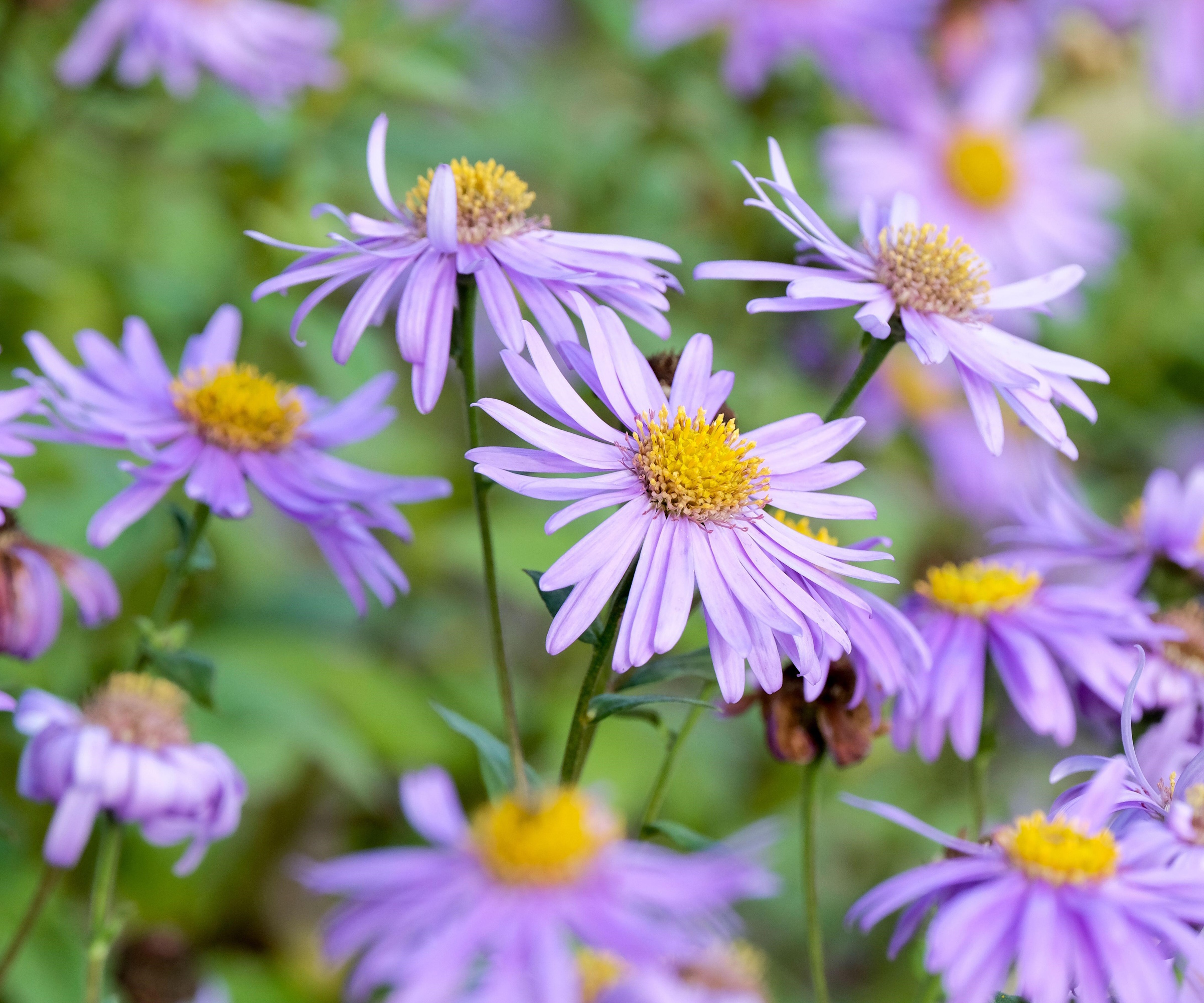
Asters are cut back annually
When to cut back asters - fall vs spring: how to decide
The choice of when to cut back asters often comes down to the gardener’s personal preferences or style, while the US hardiness zone and other local conditions can also be contributing factors. As long as the task is done in either fall or spring, it is completely down to you when you cut back your asters.
The reasons to cut back asters in the fall
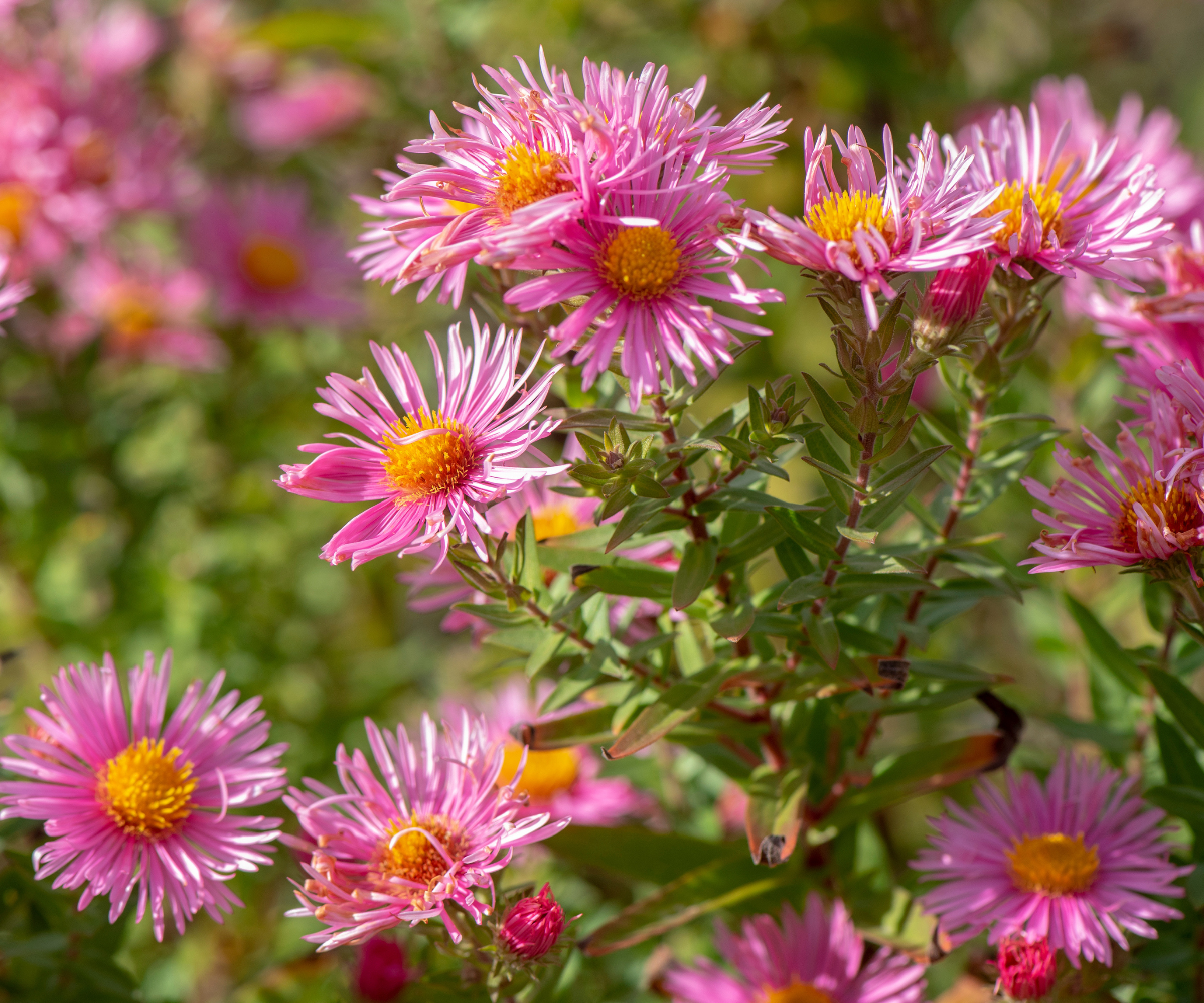
Cutting back asters keeps clumps healthy
Asters bloom profusely throughout late summer and early fall, bringing abundant color to any flower bed ideas. Asters benefit from regular deadheading throughout the summer to prolong their flowering display, but the plants will start to fade as the temperatures drop at the end of the season. The foliage dies back and those once-colorful blooms transform into brown seed heads, that become tufty as they mature.
Gardeners who strive for a neat and manicured backyard will add cutting back asters to their fall gardening checklist, as trimming perennial plants before winter tidies up the flower bed and removes straggly foliage or plant debris.
Unless you have meticulously deadheaded all the spent blooms throughout the season, you may have quite a few old flowerheads remaining on the plant. Asters are self-seeding flowers that can spread around the yard. Therefore, cutting back in the fall can prevent the plant from dispersing seeds around the garden.
Design expertise in your inbox – from inspiring decorating ideas and beautiful celebrity homes to practical gardening advice and shopping round-ups.
Disease prevention is another reason to cut back asters in the fall. Kiersten Rankel, a plant expert from the Greg app, explains removing existing diseased foliage ‘prevents issues from persisting through winter’ and cutting back in fall may be beneficial in certain areas.
‘If you live in an area with high humidity or where fungal diseases are common, it's often better to cut asters back in the fall,’ says Kiersten. ‘Trimming them down to about 6-8 inches above the ground after the first frost can help prevent disease issues and keep your garden looking tidy. This also makes spring clean-up a bit easier.’
Removing old plant debris around the garden can prevent pathogens or pests from sheltering and overwintering in old foliage or stems and causing problems when they reappear in spring. The likes of leafhoppers and caterpillars are aster pests that can overwinter in old stems and foliage around previously infested plants.

Kiersten Rankel is a certified Louisiana Master Naturalist and regularly volunteers with local community gardens and non-profits to help restore critical ecosystems along the Gulf Coast. She earned her master's degree from Tulane University in Ecology and Evolutionary Biology after her undergraduate degree in Environmental Biology, also from Tulane.
Cutting back asters in spring can benefit wildlife
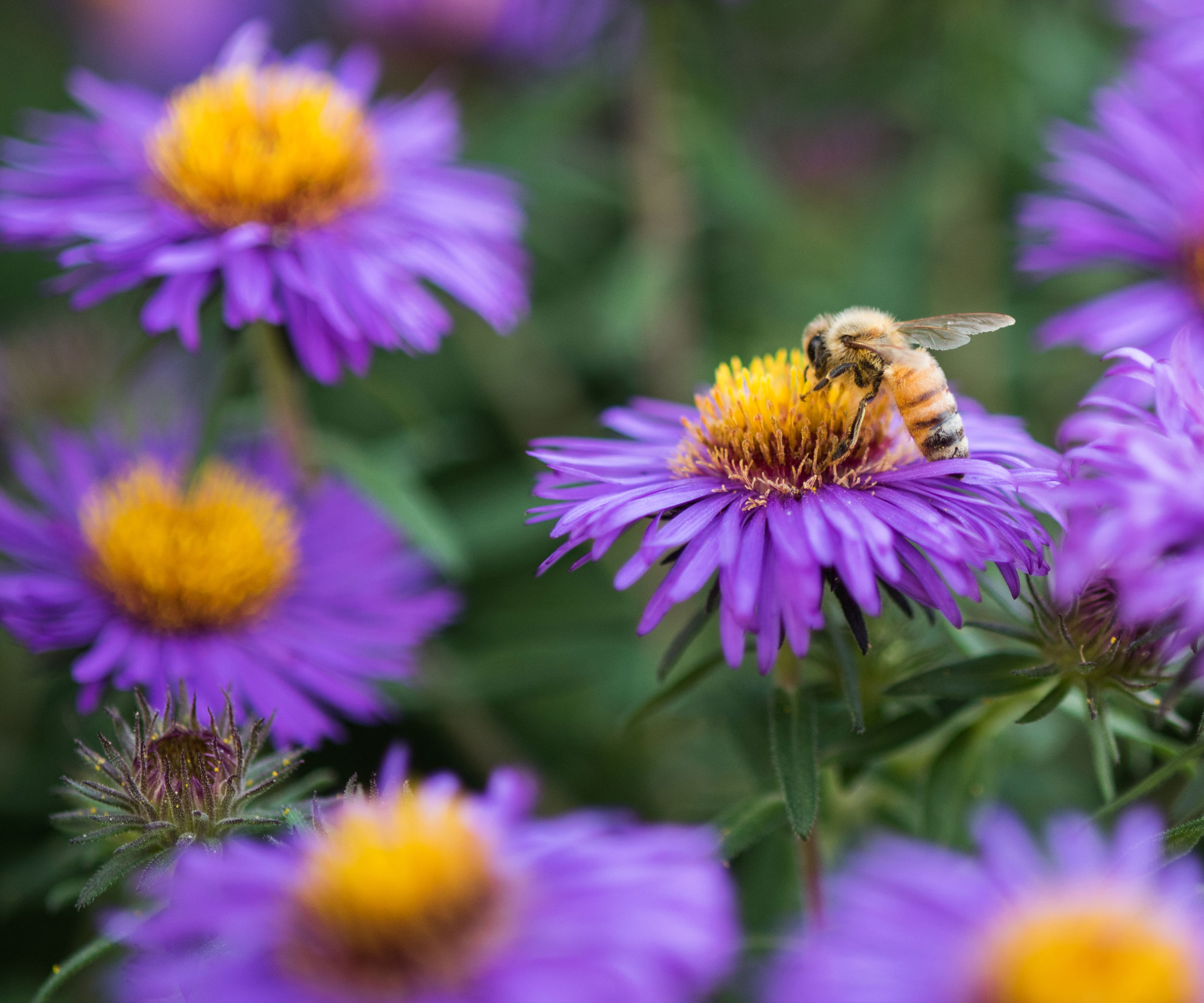
Aster flowers are nectar-rich and loved by bees
Asters are fantastic plants for pollinators, as their flowers attract bees, hummingbirds and other beneficial insects throughout the blooming season. Their benefits as part of wildlife garden ideas can extend past their flowering - and that is the prime reason many people choose not to cut back asters till spring.
As Michael Clarke, a horticulturist and the founder of Yardwork, claims: ‘Asters are a major food source for pollinators as they fuel up for winter migration and hibernation and therefore they should be left in their natural form in the fall and through the winter and cut back in the spring.’
Not only are the seedheads a great food source, but the stems and seedheads can also provide shelter for other wildlife. Leaving asters standing will also add visual interest to a winter garden, as the tall stems and seedheads provide structure and look dazzling when tinged with frost.
Furthermore, Kiersten Rankel adds how adding the task to a spring gardening checklist means ‘the standing foliage can also help insulate the plant's crown from harsh temperatures’ and protect the aster from damage during winter.
If you live in very cold regions, in addition to leaving the foliage to protect the plants from frost, mulching around plants with straw can protect the aster’s roots from the harsh winter freezes.

Michael Clarke is the founder of Yardwork, the online platforms for everything home and garden. He has a degree in landscape architecture and horticulture from the University of California Davis.
Tools for cutting back asters
FAQs
Can asters be Chelsea chopped?
‘The Chelsea Chop’ is a phrase commonly used to describe cutting back perennials to coincide with the RHS Chelsea Flower Show. Cutting back perennials in late May or early June can promote bushier and more upright plants that flower profusely. Asters are a perennial to cut back in June, especially taller varieties that can get leggy and start to flop later in the season. Chopping them back by up to a half promotes lots of side shoots to carry flowers and removes the need to stake plants.
If and when you cut back asters in spring, it can also be an ideal time to divide plants. Clumps of asters will expand over the years, they may get too big for their space and their vigor may decline after 3-5 years. Knowing how to divide plants allows you to easily split the clumps to get more asters and rejuvenate older clumps to keep them performing for years to come.

Drew’s passion for gardening started with growing vegetables and salad in raised beds in a small urban terrace garden. He has worked as a professional gardener in historic gardens and specialises in growing vegetables, fruit, herbs, and cut flowers as a kitchen gardener. That passion for growing extends to being an allotmenteer, garden blogger, and producing how-to gardening guides for websites. Drew was shortlisted for the New Talent of the Year award at the 2023 Garden Media Guild Awards.
